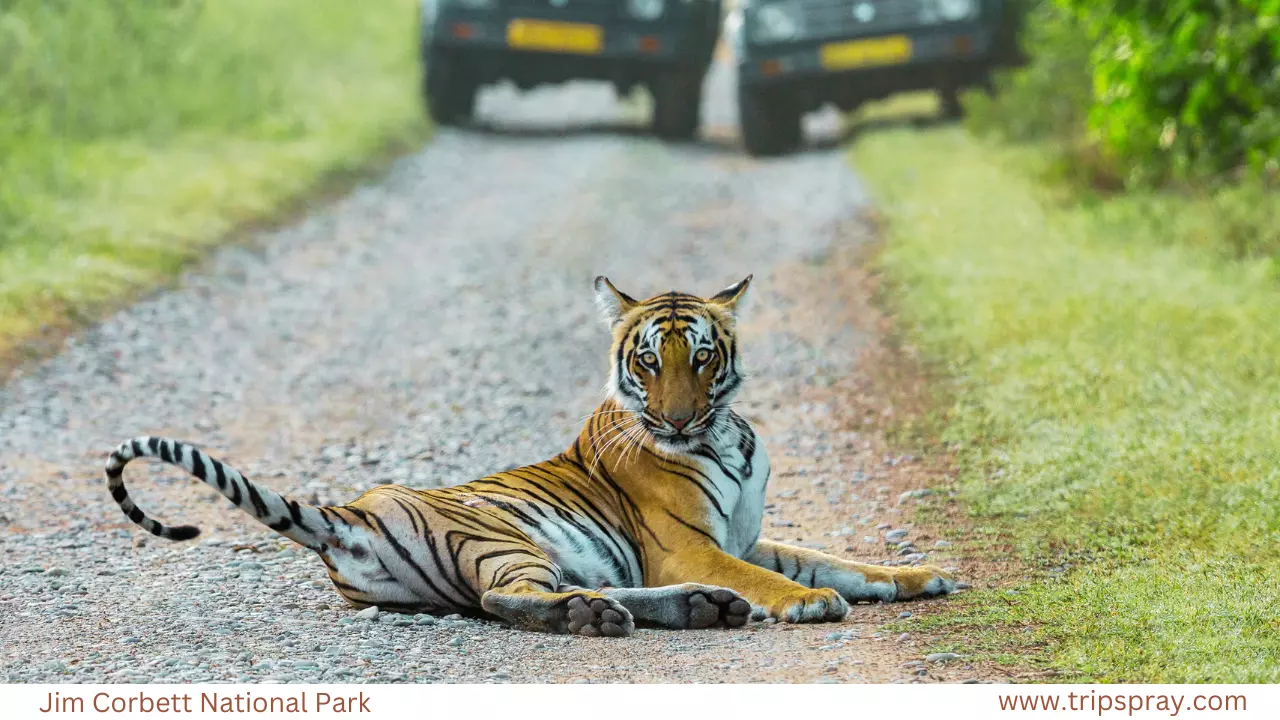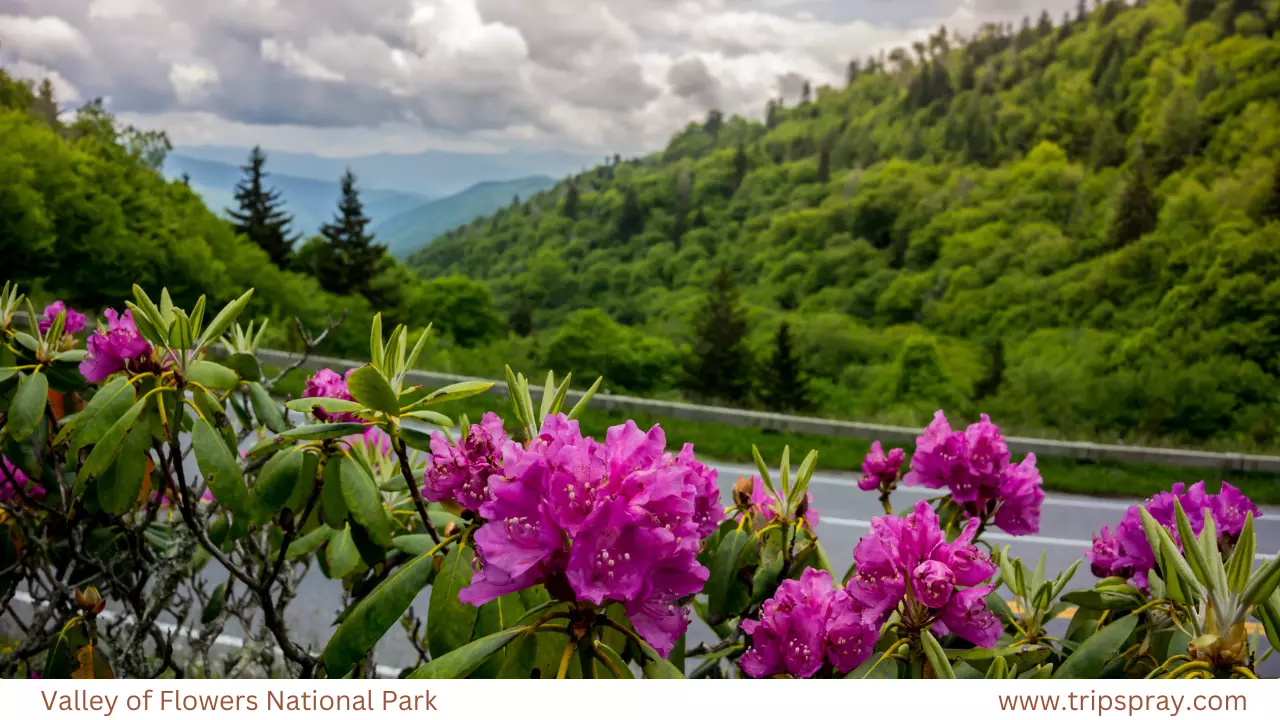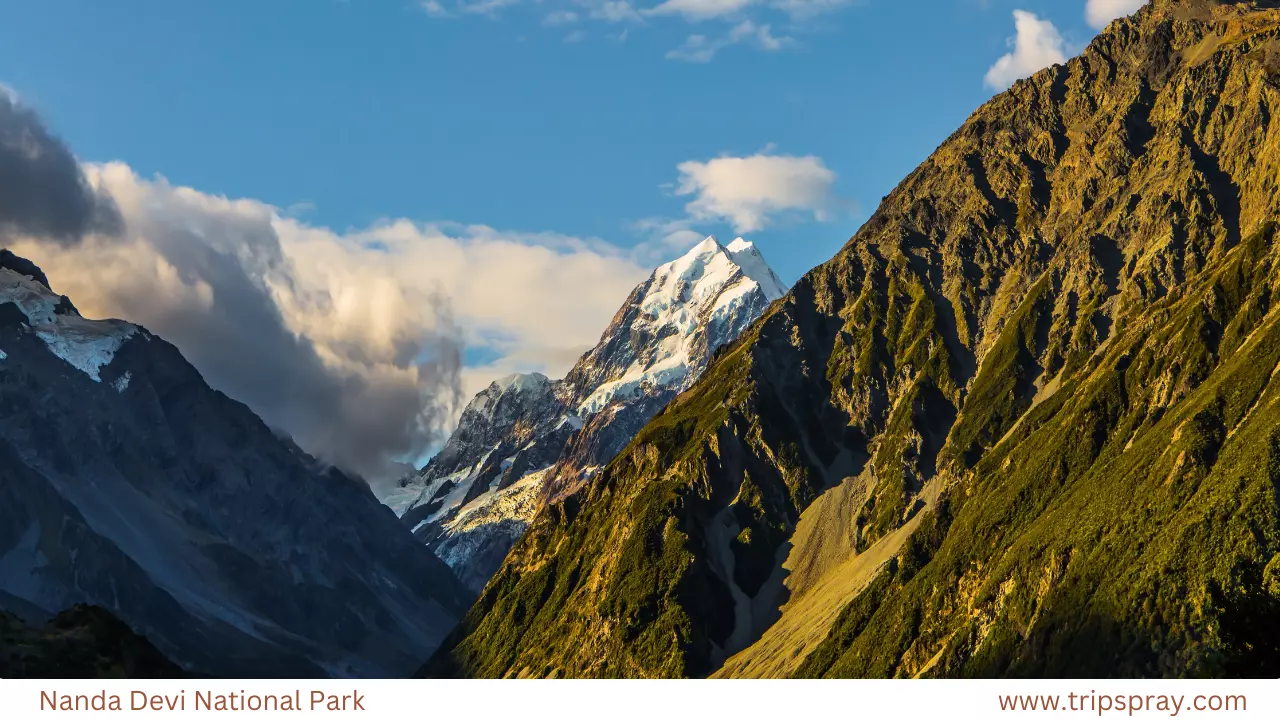Exploring the Untamed Beauty: National Parks in Uttarakhand
Nestled in the heart of the Himalayas, Uttarakhand, a state in northern India, is a paradise for nature enthusiasts and wildlife lovers. Home to some of the most pristine and biodiverse landscapes, the national parks in Uttarakhand offer a unique blend of stunning scenery and rich biodiversity. In this blog, we will embark on a virtual journey through the national parks of Uttarakhand, exploring the untamed beauty that makes them a must-visit for any nature lover.
Jim Corbett National Park:
 Our journey begins with the oldest national park in India, the renowned Jim Corbett National Park. Established in 1936, this park is a haven for wildlife enthusiasts and a paradise for those seeking to spot the elusive Bengal tiger. Sprawled across Nainital and Pauri Garhwal districts, the park is named after the legendary hunter turned conservationist Jim Corbett.
Our journey begins with the oldest national park in India, the renowned Jim Corbett National Park. Established in 1936, this park is a haven for wildlife enthusiasts and a paradise for those seeking to spot the elusive Bengal tiger. Sprawled across Nainital and Pauri Garhwal districts, the park is named after the legendary hunter turned conservationist Jim Corbett.
The diverse topography of Jim Corbett National Park, from dense forests to open grasslands, provides a suitable habitat for a wide variety of flora and fauna. Apart from tigers, the park is home to elephants, leopards, deer, and numerous bird species. The Kosi River, flowing through the park, adds to the picturesque landscape, making it a delightful destination for nature lovers.
Valley of Flowers National Park:
 Moving on from the thrill of wildlife, we venture into the enchanting Valley of Flowers National Park. A UNESCO World Heritage Site, this park is a botanical wonderland in Uttarakhand’s Chamoli district. During the monsoon season, the valley transforms into a kaleidoscope of colors as many alpine flowers bloom, creating a breathtaking sight.
Moving on from the thrill of wildlife, we venture into the enchanting Valley of Flowers National Park. A UNESCO World Heritage Site, this park is a botanical wonderland in Uttarakhand’s Chamoli district. During the monsoon season, the valley transforms into a kaleidoscope of colors as many alpine flowers bloom, creating a breathtaking sight.
The Valley of Flowers is a trekker’s delight, with a trail that winds through lush meadows, dense forests, and gushing streams. The diverse range of flora, including rare and endangered species, adds to the ecological significance of the park. It is not only a treat for the eyes but also a testament to the delicate balance of nature.
Rajaji National Park:
 Heading southwest, we arrive at Rajaji National Park, an ecological haven spanning the Shivalik range. Named after C. Rajagopalachari, a prominent leader of the Indian independence movement, this park is known for its diverse landscapes, ranging from dense forests to grasslands.
Heading southwest, we arrive at Rajaji National Park, an ecological haven spanning the Shivalik range. Named after C. Rajagopalachari, a prominent leader of the Indian independence movement, this park is known for its diverse landscapes, ranging from dense forests to grasslands.
Rajaji National Park is a melting pot of wildlife, hosting a variety of species, including elephants, tigers, leopards, and several species of deer. The park is intersected by the Ganges River, providing a unique setting for wildlife enthusiasts and nature photographers. Jeep safaris and elephant rides offer a thrilling way to explore the park and witness its rich biodiversity.
Nanda Devi National Park:
 Our journey takes us higher into the Garhwal Himalayas, where we encounter the majestic Nanda Devi National Park. Another UNESCO World Heritage Site, this park is named after the Nanda Devi Peak, the second-highest mountain in India. The park is renowned for its rugged beauty, alpine meadows, and diverse flora and fauna.
Our journey takes us higher into the Garhwal Himalayas, where we encounter the majestic Nanda Devi National Park. Another UNESCO World Heritage Site, this park is named after the Nanda Devi Peak, the second-highest mountain in India. The park is renowned for its rugged beauty, alpine meadows, and diverse flora and fauna.
Nanda Devi National Park is a trekker’s paradise, offering challenging yet rewarding trails that lead to breathtaking vistas. The elusive snow leopard, Himalayan tahr, and numerous species of pheasants are among the wildlife that call this park home. The Nanda Devi Biosphere Reserve, encompassing the national park, further adds to the conservation efforts in the region.
Gangotri National Park:
 Venturing further into the Himalayan expanse, we arrive at Gangotri National Park, a sanctuary for nature lovers and spiritual seekers. Named after the sacred Ganges River, the park is located in the upper reaches of Uttarkashi district. Known for its diverse terrain, from glaciers to alpine meadows, Gangotri National Park is a haven for those seeking solitude amidst the grandeur of the Himalayas.
Venturing further into the Himalayan expanse, we arrive at Gangotri National Park, a sanctuary for nature lovers and spiritual seekers. Named after the sacred Ganges River, the park is located in the upper reaches of Uttarkashi district. Known for its diverse terrain, from glaciers to alpine meadows, Gangotri National Park is a haven for those seeking solitude amidst the grandeur of the Himalayas.
The park is not only a visual spectacle with its snow-capped peaks and pristine landscapes but also a crucial watershed for the Ganges River. The Gangotri Glacier, one of the largest in the Himalayas, is the source of the sacred river, adding spiritual significance to the park. Trekking trails in the region offer an opportunity to witness the stunning beauty and biodiversity that thrive in this high-altitude sanctuary.
Govind Pashu Vihar Wildlife Sanctuary:
 Adjacent to Gangotri National Park lies the Govind Pashu Vihar Wildlife Sanctuary, forming a continuous expanse of protected wilderness. The legendary Govind Ballabh Pant, a freedom fighter and one of the architects of modern India, lends his name to this sanctuary situated in Uttarkashi district. Its features include rich alpine meadows, dense forests, and high-altitude ecosystems.
Adjacent to Gangotri National Park lies the Govind Pashu Vihar Wildlife Sanctuary, forming a continuous expanse of protected wilderness. The legendary Govind Ballabh Pant, a freedom fighter and one of the architects of modern India, lends his name to this sanctuary situated in Uttarkashi district. Its features include rich alpine meadows, dense forests, and high-altitude ecosystems.
Govind Pashu Vihar Wildlife Sanctuary is home to various wildlife, including the elusive snow leopard, Himalayan black bear, and numerous species of pheasants. The sanctuary is a birdwatcher’s paradise, with the opportunity to spot Himalayan monals, western tragopans, and other avian wonders. Within the sanctuary, the Har-ki-Dun Valley offers an awe-inspiring trekking experience, with panoramic views of the surrounding peaks.
Binsar Wildlife Sanctuary:
 For those seeking a more serene and offbeat experience, Binsar Wildlife Sanctuary in the Kumaon region is a hidden gem. Nestled amidst oak and rhododendron forests, Binsar offers a tranquil retreat away from the hustle and bustle of urban life. The sanctuary provides a 360-degree view of the Himalayan peaks, making it a perfect destination for nature lovers and photographers.
For those seeking a more serene and offbeat experience, Binsar Wildlife Sanctuary in the Kumaon region is a hidden gem. Nestled amidst oak and rhododendron forests, Binsar offers a tranquil retreat away from the hustle and bustle of urban life. The sanctuary provides a 360-degree view of the Himalayan peaks, making it a perfect destination for nature lovers and photographers.
Binsar has diverse flora and fauna, with various trees, shrubs, and medicinal plants. The sanctuary is a habitat for wildlife, including leopards, deer, langurs, and many bird species. The Binsar Wildlife Sanctuary is unique in allowing visitors to explore its beauty on foot, offering numerous trekking trails that lead to panoramic viewpoints.
Conclusion:
Uttarakhand’s national parks actively showcase nature’s unparalleled beauty and diversity, functioning not merely as protected areas but as living, breathing ecosystems. From the thrill of spotting a tiger in Jim Corbett National Park to the awe-inspiring floral display in the Valley of Flowers, each park offers a unique experience for visitors.
As we conclude our virtual journey through the national parks of Uttarakhand, it becomes evident that these protected areas play a crucial role in preserving the region’s natural heritage. Whether you seek adventure, tranquility, or a deeper connection with nature, Uttarakhand’s national parks stand as testaments to the incredible wonders that the Indian Himalayas have to offer. So, pack your bags, lace up your boots, and embark on a journey into the untamed beauty of Uttarakhand’s national parks. Contact us for more travel tips and recommendations.



